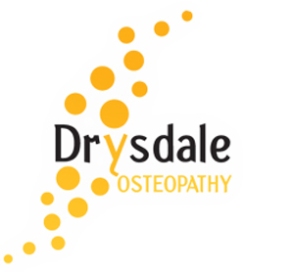 People who take calcium supplements could be increasing their risk of having a heart attack, according to researchers in Germany.
People who take calcium supplements could be increasing their risk of having a heart attack, according to researchers in Germany.
Calcium is often taken by older people to strengthen bones and prevent fractures.
But the study, published in the journal Heart, said the supplements “should be taken with caution”.
Experts say promoting a balanced diet including calcium would be a better strategy.
The researchers at the German Cancer Research Centre, in Heidelberg, followed 23,980 people for more than a decade.
They compared the number of heart attacks in people who were taking calcium supplements with those who did not.
There were 851 heart attacks among the 15,959 people who did not take any supplements at all. However, people taking calcium supplements were 86% more likely to have had a heart attack during the study. Continue reading Safety of Calcium Supplements questioned









